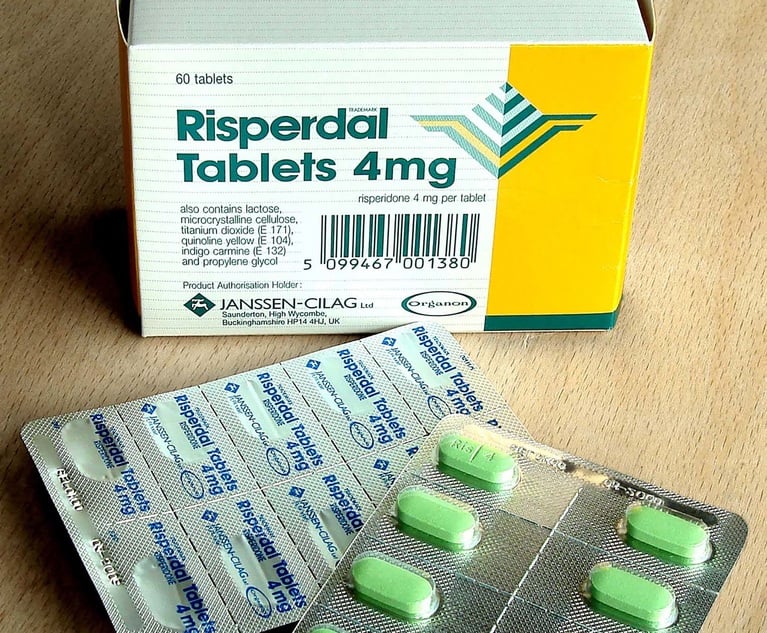The U.S. Supreme Court’s recent decision in Merck Sharpe & Dohme Corp. v. Albrecht, confirms that in all but exceptional circumstances, consumers can still recover after being injured by brand-name prescription drugs, and that preemption remains a “demanding defense.” __ U.S. __ (2019) (slip op. 13). In so ruling, however, the majority of the court added a new wrinkle to deciding preemption cases with its conclusion that judges, not juries, should decide whether federal drug regulation preempts state-law tort claims.
In the 9-0 decision, the Supreme Court vacated a decision by the Third Circuit that had revived 500 claims brought by plaintiffs who took Merck’s brand-name drug Fosamax and suffered atypical femoral fractures between 1999 and 2010. The court’s Merck decision did not reach the merits of whether the plaintiffs’ claims were preempted by federal law; it only held that judges should make such determinations, and not juries. Id. at __ (slip op. 1). In coming to this conclusion, the majority opinion stressed the virtue of having judges determine such questions, which, as the majority explained, should lead to greater uniformity among courts. The decision itself, however, suggests that leaving the decision to judges and not juries is unlikely to lead to the uniformity hoped for, considering that the two concurring opinions came to the opposite conclusions on the merits of the matter.


 Credit: Kimberly Boyles/Shutterstock.com
Credit: Kimberly Boyles/Shutterstock.com




